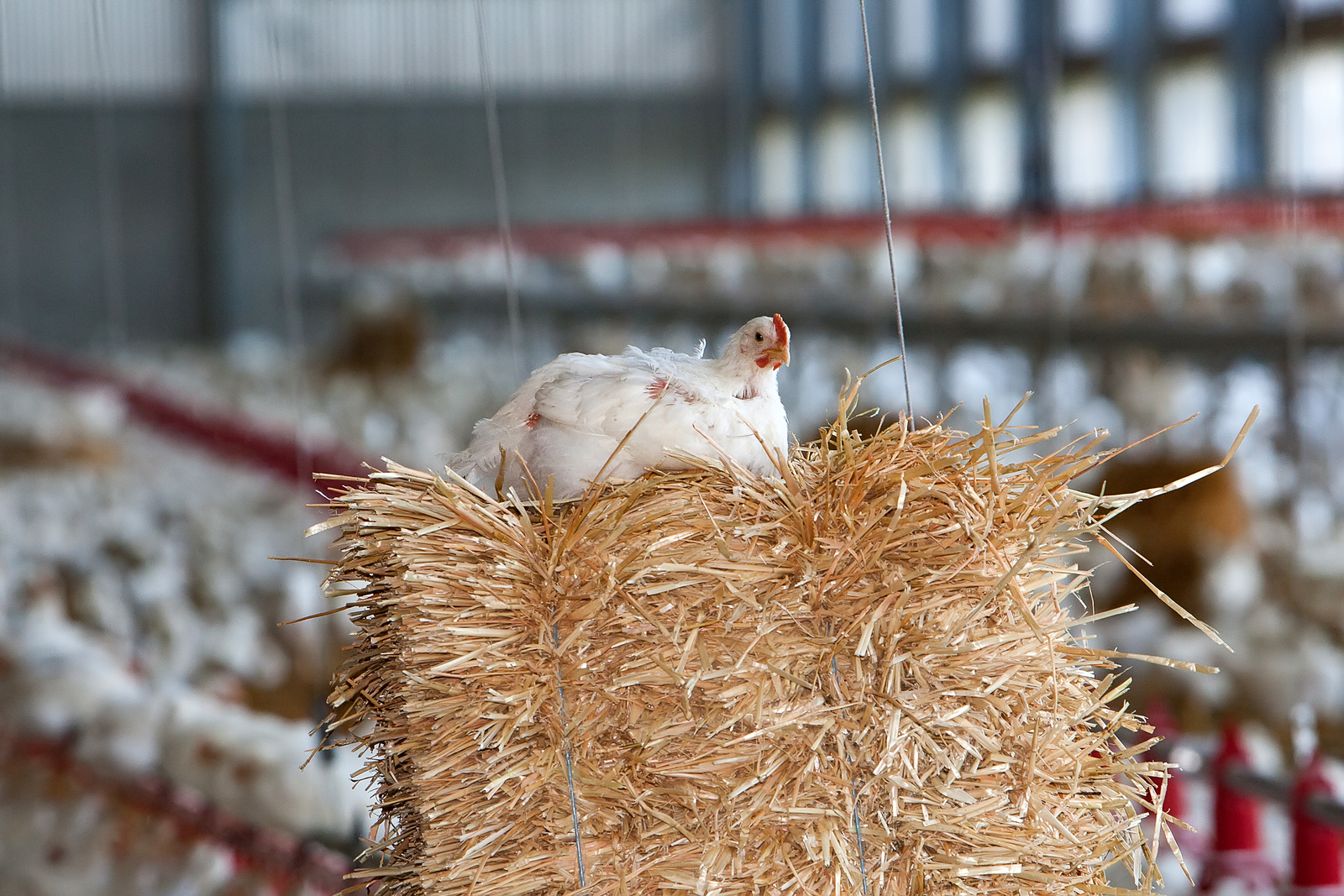Better poultry diets reduce ammonia

Ammonia emissions on poultry farms can be reduced by up to 50% through nutritional strategies that reduce nitrogen in excreta and prevent ammonia from being released into the environment. The formulation of diets to more closely meet the bird’s amino acid requirements and the addition of fibre are key.
In the article from Salah Esmail on WorldPoultry.net, it is stated that poultry manure and its nitrogenous compounds can be a potential pollutant causing eutrophication, nitrate or nitrite contamination of water, ammonia volatilisation and acid deposition in the air. Therefore, reducing nitrogen excretion and emissions in poultry manure by nutritional strategies is important to maintain a clean environment.
Fibre in layer diets reduces ammonia emissions
Feeding reduced protein diets (-2%) can reduce N excretion with up to 24% reduction in ammonia emission. Further decreases in protein levels of the diet will, however, require that all essential amino acids are included, preferably in a crystalline form, with a careful balance of the amino acids to be considered. Also fibre nutrition is important to reduce ammonia output. A study, that looked into the effect of including various fibre ingredients in laying-hen diets on ammonia emission, showed that fibre ingredients led in all cases to a decrease in ammonia emission from laying-hen manure.
Feed particle size influences nitrogen level in manure
Also feed processing has an influence on how much ammonia is released, based on enhanced digestibility of the diet. For example, fine grinding of feed increases the grain particle surface area, allowing digestive enzymes to breakdown the feed more easily and increase nutrient utilisation. Decreasing feed particle size from 1,000 to 600 microns increases dry matter and nitrogen digestibility by 5%-12% and lowers the amount or nitrogen in manure by 20%-24%. Excessive grinding, however, should be avoided as it causes gut motility and health problems.











